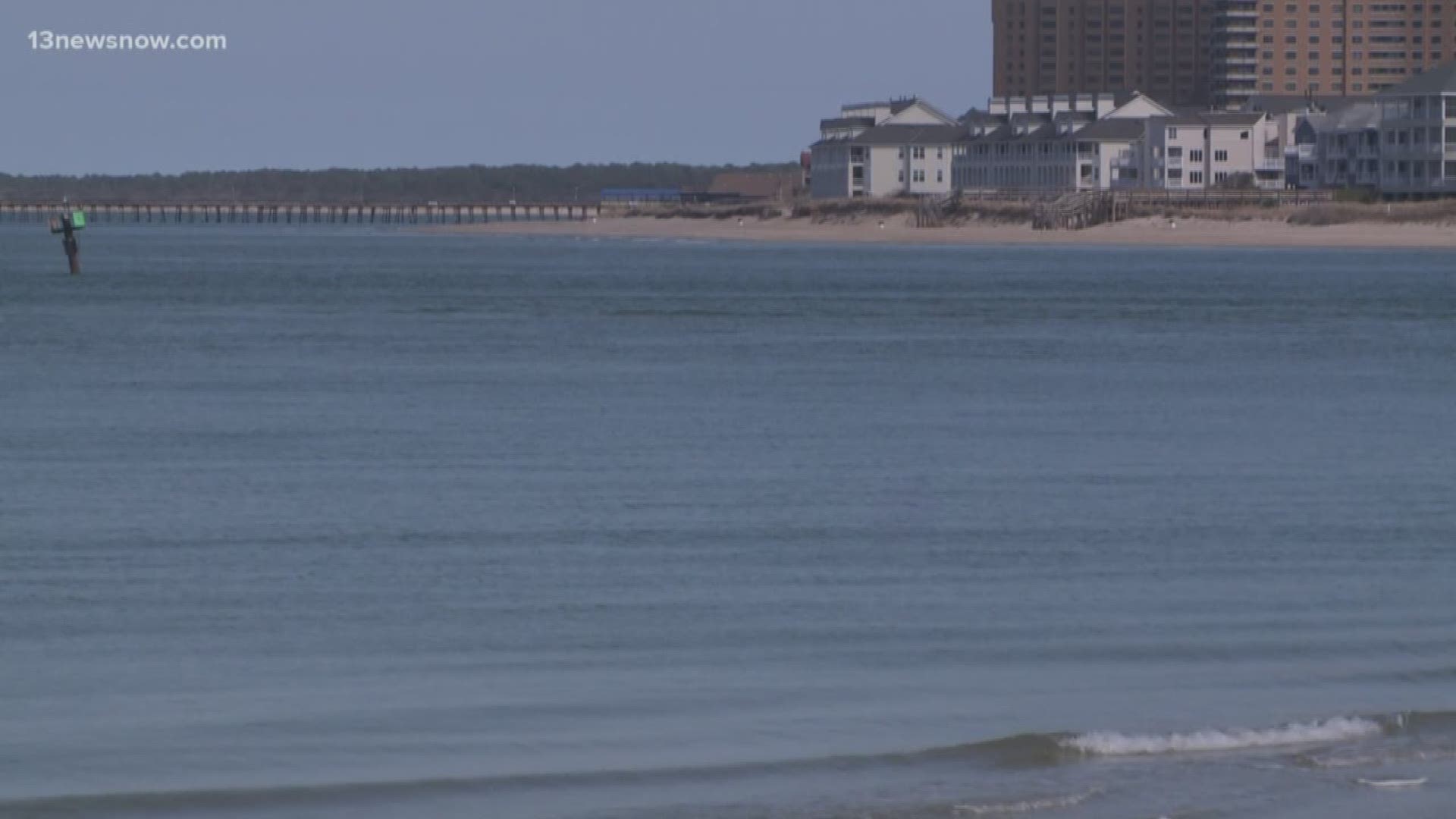ANNAPOLIS, Md. — A new Chesapeake Bay Foundation report examining the state of the Chesapeake Clean Water Blueprint found good and bad news.
The report claims that no state is completely on track to meet the 2025 goal to restore water quality, but Virginia and Maryland are close to being on track. Pennsylvania, however, never met its nitrogen reduction targets and its current plan to achieve the 2025 goal is woefully inadequate, detailing only two-thirds of actions necessary to achieve its goal.
“A chain is only as strong as its weakest link, and that is also true for the partnership working to restore water quality across the region,” CBF President William C. Baker said. “Today, unfortunately, Pennsylvania’s link is not only weak, it is broken.”
The Chesapeake Bay Foundation assessed Pennsylvania, Maryland, and Virginia’s milestone progress and whether or not states are implementing the pollution-reduction commitments they made. Together, those three states are responsible for 90 percent of the pollution fouling the Bay and its rivers and streams.
Virginia is on track to achieve its 2025 goals, provided it accelerates efforts to reduce pollution from agricultural sources and growing urban and suburban areas while continuing progress in the wastewater sector. Virginia has a strong roadmap for success; the key is implementation.
In order for Virginia to stay on track, the report claims Virginia needs to further cut wastewater pollution. Innovative technology, including an initiative in Hampton Roads to use treated wastewater to recharge groundwater, provides exciting potential.
The Blueprint said grasses are increasing, the dead zone is getting smaller, and blue crab populations are rebounding, however, recovery is fragile.
The Chesapeake Clean Water Blueprint was developed in 2010 and a deadline for full implementation was set for 2025. Experts around the world agreed it's our best, and perhaps last chance for success.
Click here to learn more about the Chesapeake Clean Water Blueprint of 2019.

